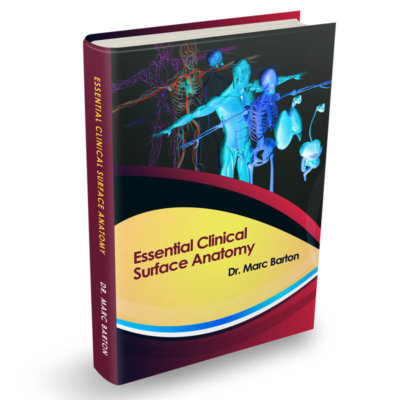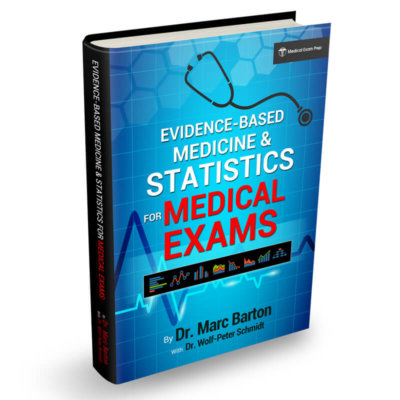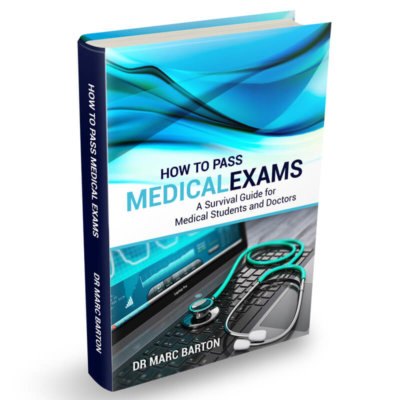Exam Tips

Practice Questions for the MRCEM Intermediate SBA Exam
The MRCEM Intermediate SBA examination is the second part of the MRCEM examination and is sat twice yearly. The MRCEM exam has recently been restructured. Previously, the FRCEM Intermediate exam followed a short answer question (SAQ) format. Following the name change...

Practice Questions for the MRCEM Primary Exam
The MRCEM Primary is a daunting and notoriously difficult prospect and also represents the first step towards achieving a training post in Emergency Medicine and ultimately entering the Specialist Register. The MRCEM Primary examination is sat twice yearly. The paper...

Common Antidotes Used in Toxicology
An antidote is an agent that counteracts the effects of a poison, toxin, or harmful substance on the body. They are specifically designed to neutralise or reverse the toxic effects caused by the substance, mitigating or preventing further harm and promoting...

Confounding, Bias and Effect Modification
Confounding factors A confounding factor is a variable that is associated with both the outcome of interest and the exposure of interest. In this constellation, the exposure of interest appears (spuriously) to be associated with the outcome of interest, while in...

Sialolithiasis
Sialolithiasis is a condition where a calcified stone (sialolith) forms within a salivary gland. The salivary glands The salivary glands are exocrine glands that produce saliva and secrete it into the oral cavity. There are three main salivary glands and...

The Importance of a Good Night’s Sleep
“There is a time for many words, and there is also a time for sleep.” Homer, The Odyssey Pulling an ‘all-nighter’ On several occasions over the years, I have decided to ‘pull an all-nighter’ and stay up to study for an exam the following day. On some occasions, it...

The Descending Tracts
The descending tracts are pathways whereby motor signals travel from the brain to the lower motor neurons to innervate muscles and cause movement. There are no synapses in the descending pathways. All of the neurons in the descending tracts are upper motor neurons,...

The Ascending Tracts
The ascending tracts are neural pathways located in the white matter that conduct afferent information from the peripheral nerves to the cerebral cortex. There are usually three neurons in an ascending pathway: First-order neurons, in which the cell body is in the...

Overview of the Cranial Nerves
There are twelve paired cranial nerves in total, and they all arise directly from the brain, in contrast to the spinal nerves, which arise from segments of the spinal cord. The cranial nerves are accordingly numbered by the location within the brainstem (superior to...

Understanding Vivas
“The spoken word was the first technology by which man was able to let go of his environment in order to grasp it in a new way.” Marshall McLuhan The dreaded viva voce The viva voce, or oral exam, has declined in popularity over recent years but is still a part of...




